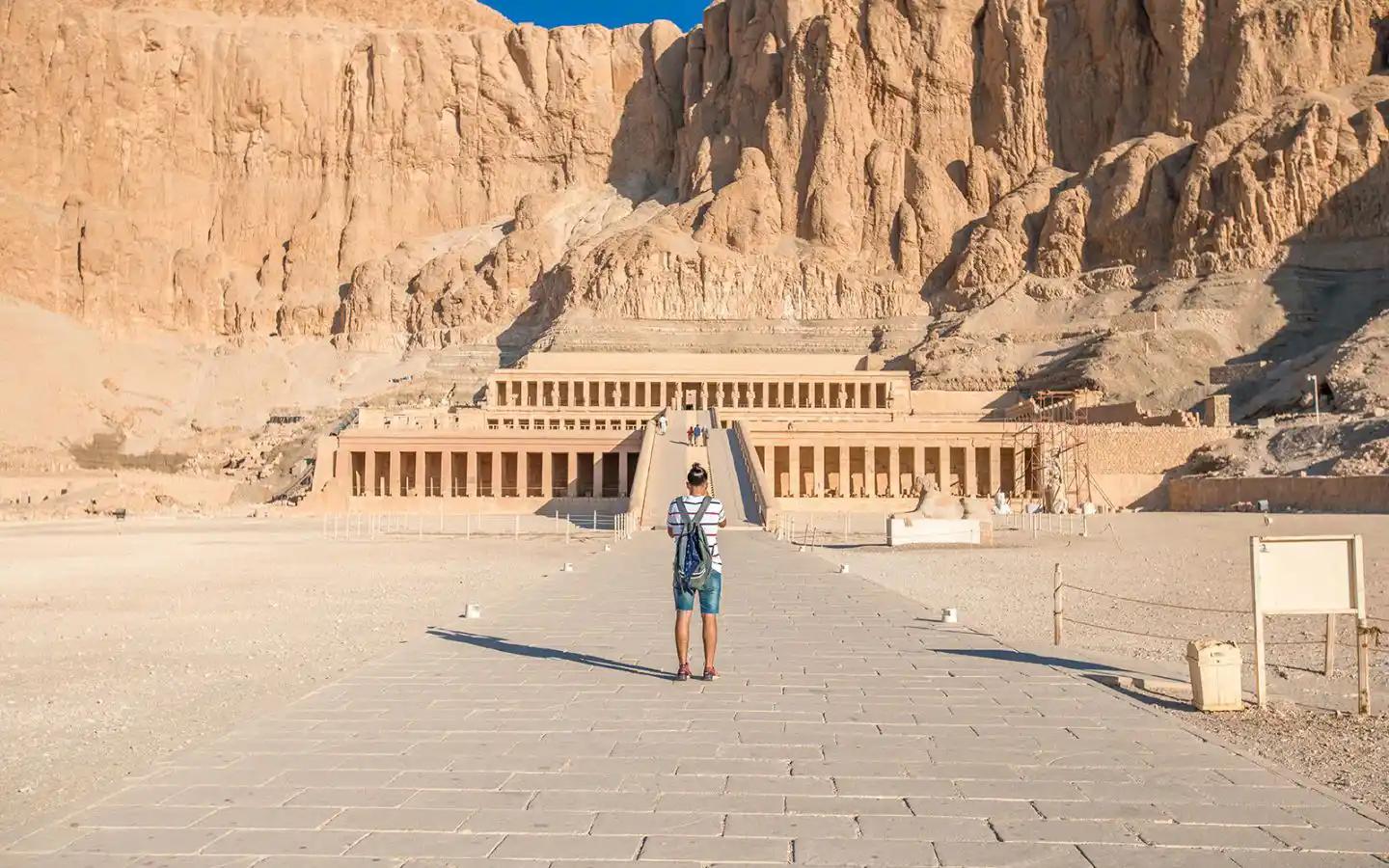
Hatshepsut Temple in Luxor
There is nothing that compares to Hatshepsut's Temples in terms of visual impact from a distance. The unusual multi-tiered building perched against the limestone rocks on the river valley's shoulder is a very breath-taking sight. Its layout's originality is a reflection of the pharaoh who constructed it. The only female pharaoh in ancient Egyptian history was Hatshepsut. After the passing of both her father, Thutmose I, and her half-brother and spouse, Thutmose II, who took over as king during the New Kingdom, she ascended to the throne.
History
She first served as queen-regent to Thutmose III, her husband's son from a different woman, but managed to wrest the throne from him and retain it until her death. The fact that Hatshepsut was the only woman to rule Egypt is one factor in her reputation, but it is not the only one. She was a very powerful pharaoh as well. She oversaw a period of peace and prosperity during which she opened profitable trade routes to the southern nation of Punt.
The relief sculptures inside her shrine preserve this feat. She made a huge contribution to several temples, notably Karnak. The temple had been severely destroyed by Thutmose III when he inherited the throne, most likely because Hatshepsut had prevented him from becoming pharaoh when it was found in the middle of the 19th century. In the first century AD, the location was also utilized as a monastery, which possibly hastened its decline. It has therefore undergone extensive restoration.
A large portion of the relief paintings have not been adequately kept, and the majority of the columns are not genuine. Due to its popularity with tour groups, the temple might seem somewhat underwhelming up close for this reason.
Tailor-make your trip to Hatshepsut temple & Luxor here
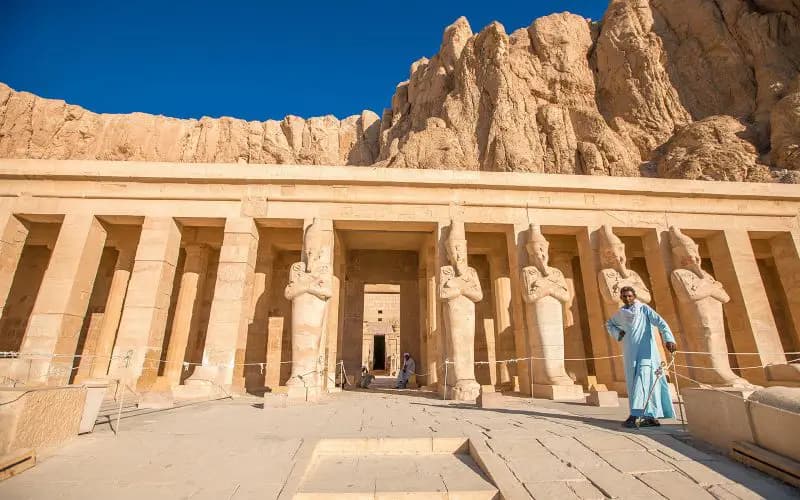
The Rule of Hatshepsut
Thutmose had a daughter named Hatshepsut by his great wife Ahmose. Through his second wife Monforte, Thutmose I also gave birth to Thutmose II. In accordance with Egyptian royal customs, Hatshepsut and Thutmose II wed before she turned 20. Hatshepsut was given the title of God's Wife of Amon at the time, which was the second-highest status a woman could have in Egypt after the queen and one that would grow more political and significant over time.
She ruled during one of Egypt's most wealthy and tranquil periods. However, for the most part, her reign as pharaoh is remembered for a successful trade, a booming economy, and her numerous public works projects that employed workers from all over the country. There is evidence that she ordered military expeditions early on and she undoubtedly maintained the army at peak efficiency.
However, it also appears that all of her commerce ventures were equally successful and she was able to employ a whole people in the construction of her monuments. Her journey to Punt seems to have been legendary and was perhaps the accomplishment she was most pleased with. The pieces were so skilfully made and elegant that subsequent rulers would claim them.
Sometime soon after assuming control, she dedicated her funerary temple. She had it created so that it would outdo all others in beauty and grandeur while telling the tale of her life and reign.
Layout
Senenmut, who served as Hatshepsut's steward, confidant, Neferu-educator, Ra's, and perhaps even her lover, planned the temple. It was meticulously recreated by Senenmut after Mentuhotep II's, although it was larger, longer, and more ornate in every way. The second level of Hatshepsut's temple was accessed by a considerably longer and even more spectacular ramp that required one to walk through beautiful gardens and an impressive entry pylon flanked by tall obelisks. Mentuhotep II's temple had a massive stone ramp from the first courtyard to the second level.
When to Visit
Go early in the morning to escape the heat; the temple is open daily from 9 a.m. to 5 p.m. One of the numerous archaeological marvels that make up Ancient Thebes and its Necropolis, a UNESCO World Heritage site, is Hatshepsut's temple. Spend a few days there and see the Valley of the Kings' vibrantly painted tombs, the vast Karnak Temple Complex, and the Temple of Luxor in time for sunset.
If you can endure the summer heat, escape the crowds by traveling between May and September. Although the winters are warmer, you can run into crowds during the busy holiday season.
Other Things of interest
There are several additional sights to see close to the Hatshepsut Temple. Here are the most well-known attractions close to the temple itself. If you are interested in Ancient Egyptian culture and history, you probably already have an idea of the places you wish to see.
The Valley of the Monarchs, which has more than 60 tombs, served as numerous kings' final resting place during the 18th, 19th, and 20th dynasties.
One of the largest temple complexes with a lot to see is the Temple of Karnak. Once more, hiring a guide will help you make the most of your vacation.
It is advisable to stay in Luxor to be close to the temple and other local attractions. The current neighborhood is located where Thebes was once a city. Luxor offers a wide range of lodging options in addition to museums, pubs, restaurants, shopping, and more.
Explore the Marvels of Hatshepsut temple with our vast selection of Egypt Tours
related tours
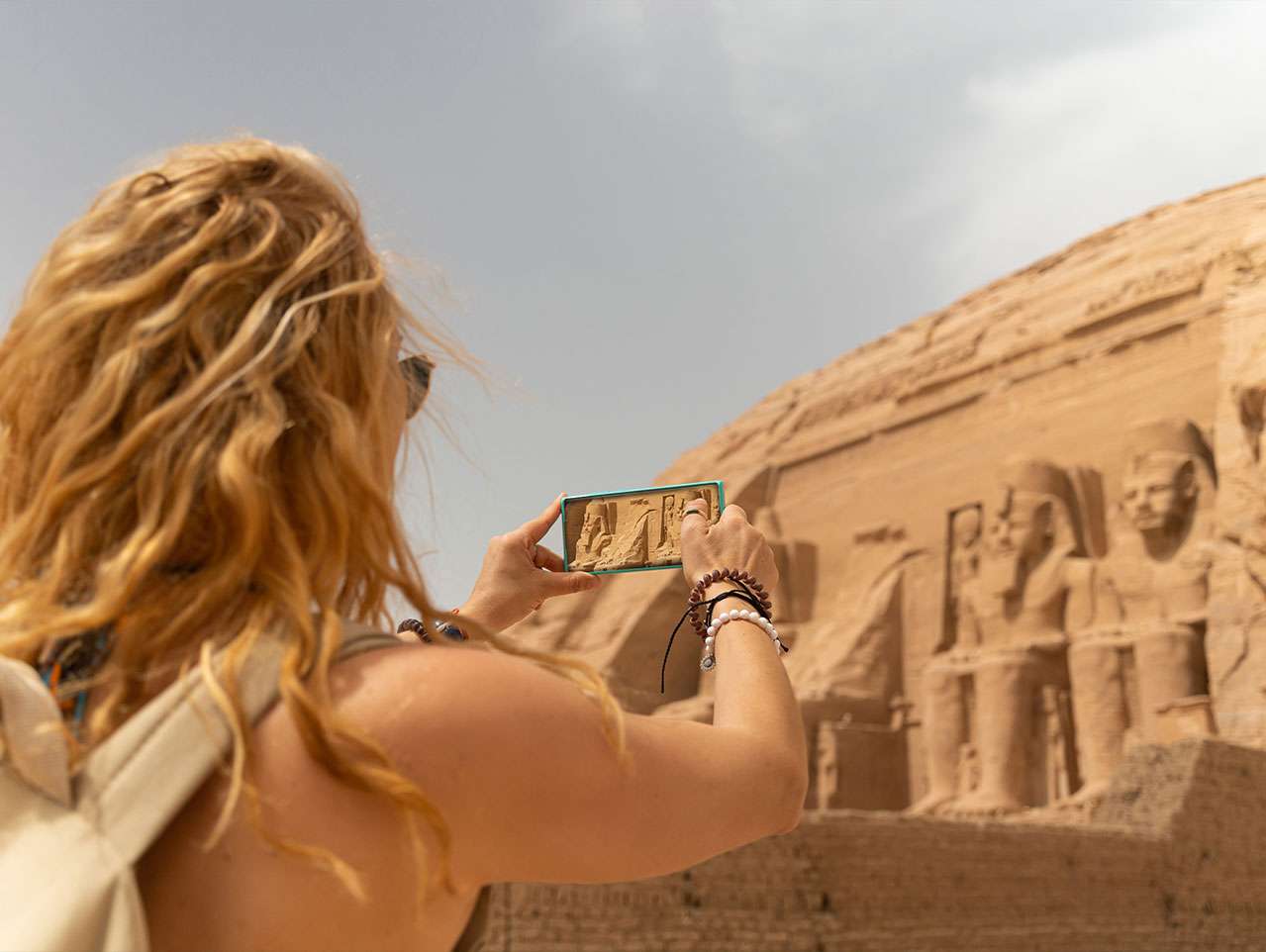
Best Travel Packages to Egypt with Abu Simbel
8 Days / 7 Nights
From
$ 1445
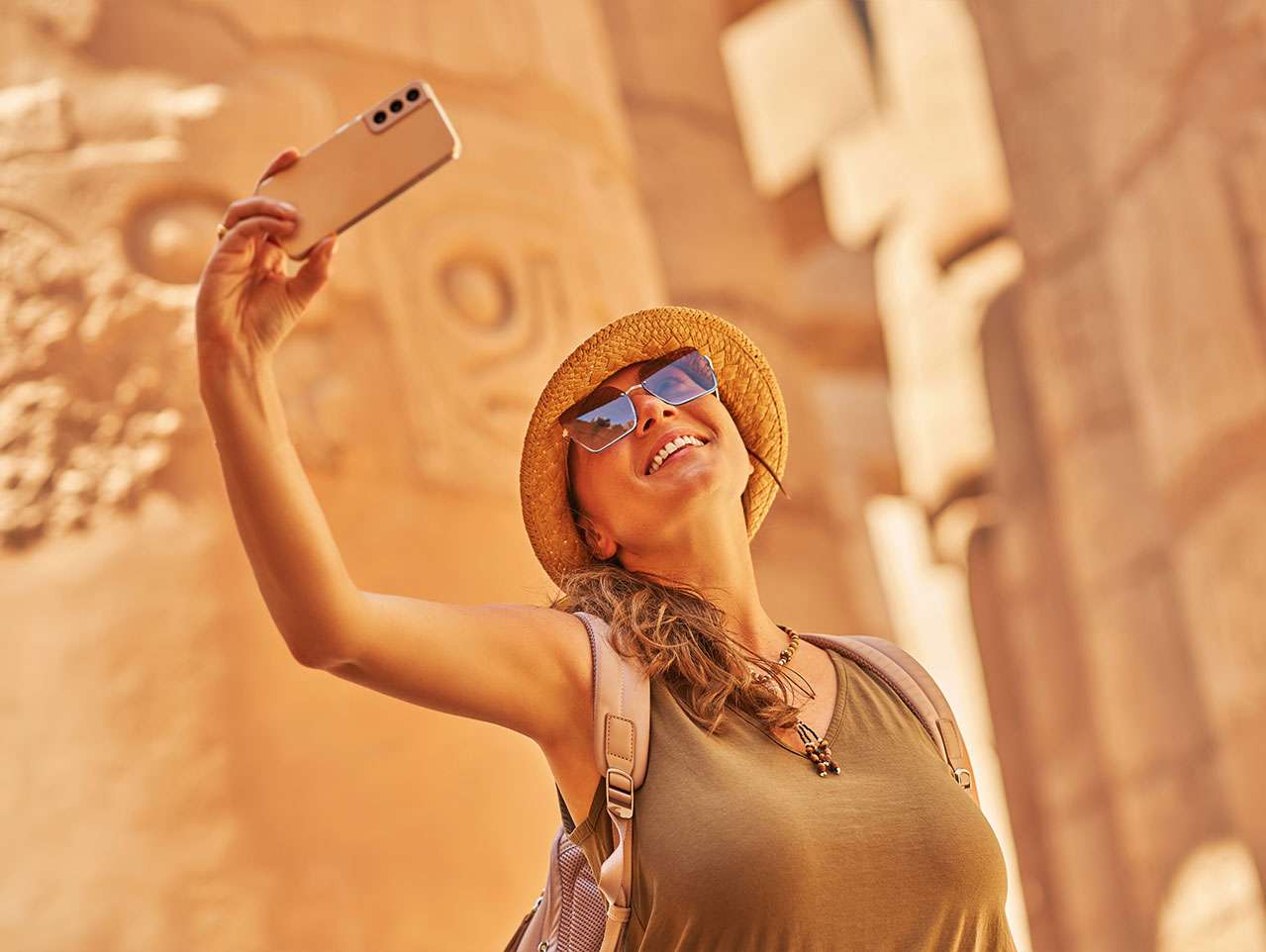
Egypt Tour Packages: Cairo Luxor Tour
5 Days / 4 Nights
From
$ 1015
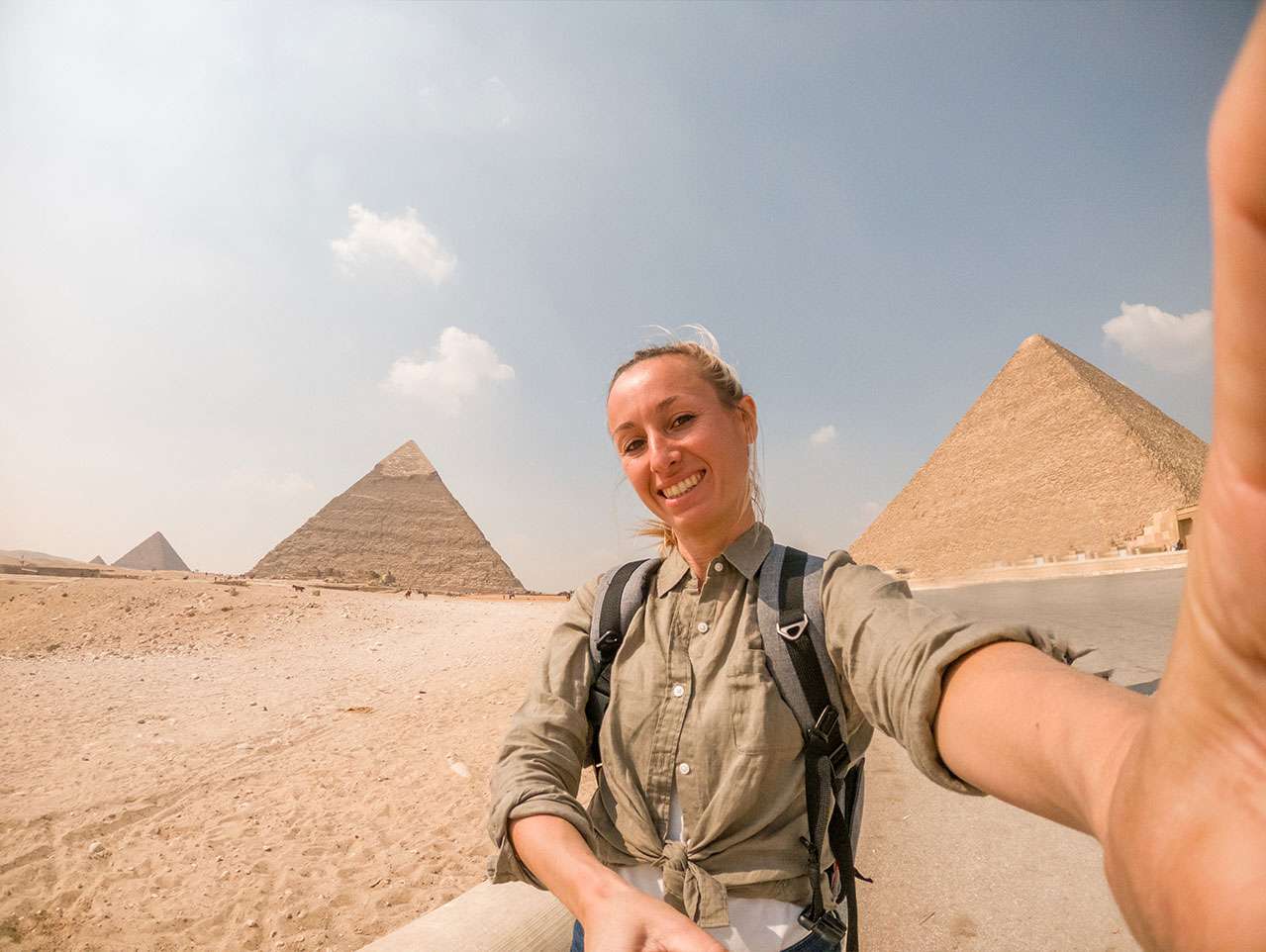
Pyramids and The Nile
8 Days / 7 Nights
From
$ 1755
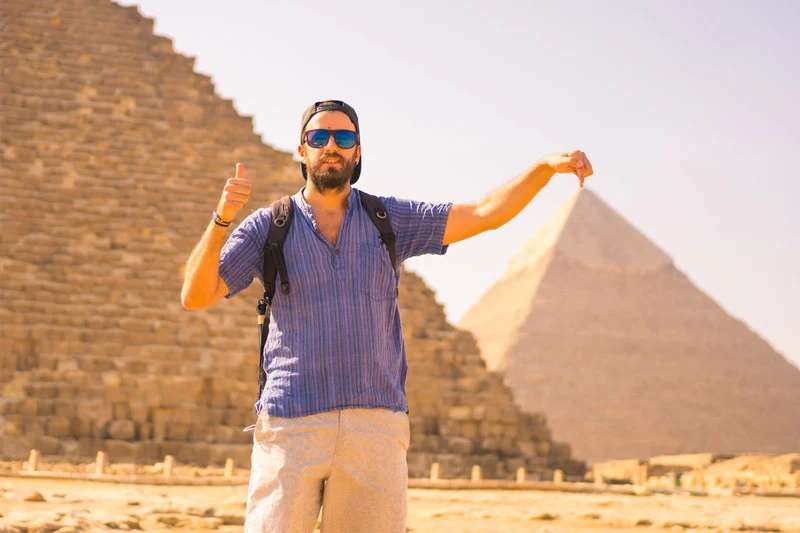
Egypt Vacation Package
12 Days / 11 Nights
From
$ 1699

Pyramids, Nile and Sharm El Sheikh Package
12 Days / 11 Nights
From
$ 2370
